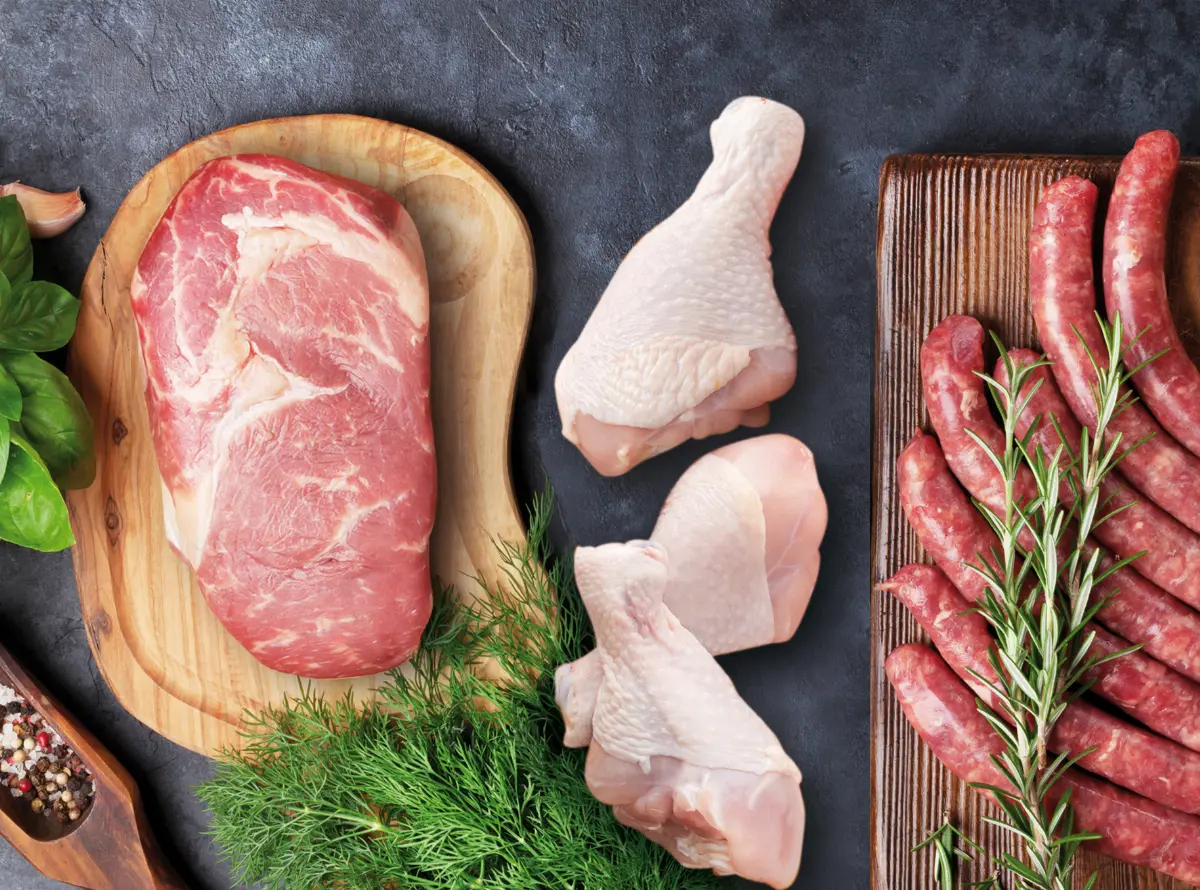
FAO: meat drives the rise in food prices
In April, sugar bucked the trend, causing higher-than-expected harvests in Asia

The benchmark for global food commodity prices increased in April. The trend is mainly tracked by the prices of meat, vegetable oils and cereals, which more than compensated for the decreases in sugar and dairy products. This is reported in the monthly report of the Food and Agriculture Organization of the United Nations (FAO).
The FAO Food Price Index, which measures monthly changes in international prices of a range of globally traded food products, averaged 119.1 points in April, up 0.3 percent from the revised level of March, while it fell by 9.6% compared to the previous year's level.
The Cereal Price Index increased 0.3% from March, ending a three-month downward trajectory. Global wheat export prices stabilized in April as strong competition among major exporters offset concerns about unfavorable crop conditions in parts of the European Union, the Russian Federation and the United States of America. Corn export prices rose, on the back of high demand amid growing logistical disruptions due to infrastructure damage in Ukraine and production concerns in Brazil ahead of the main harvest. The FAO Brown Rice Price Index fell 1.8 percent, largely due to falling Indica prices due to harvest pressure.
An increase is also seen in the prices of vegetable oils, up 0.3% compared to March, reaching the highest in 13 months, as the higher prices of sunflower and rapeseed oil offset the prices slightly lower than palm and soy oil.
Meat prices rose 1.6% in April compared to the previous month, as international prices for poultry, cattle and sheep meat increased. Global pork prices fell marginally, reflecting weak domestic demand in Western Europe and persistently weak demand from major importers, particularly China.
Sugar is in clear contrast, decreasing by 4.4% since March, reaching 14.7% below the April 2023 level. The decrease is mainly due to the improvement in global supply prospects, in particular due to higher-than-expected production in India and Thailand and improved weather conditions in Brazil.
The dairy price index finally fell marginally, by 0.3%, ending six consecutive months of increases, driven by sluggish spot import demand for skim milk powder and falling global prices. of cheese, influenced by the strengthening of the US dollar. World butter prices, on the contrary, have increased, in a context of stable import demand.
EFA News - European Food Agency